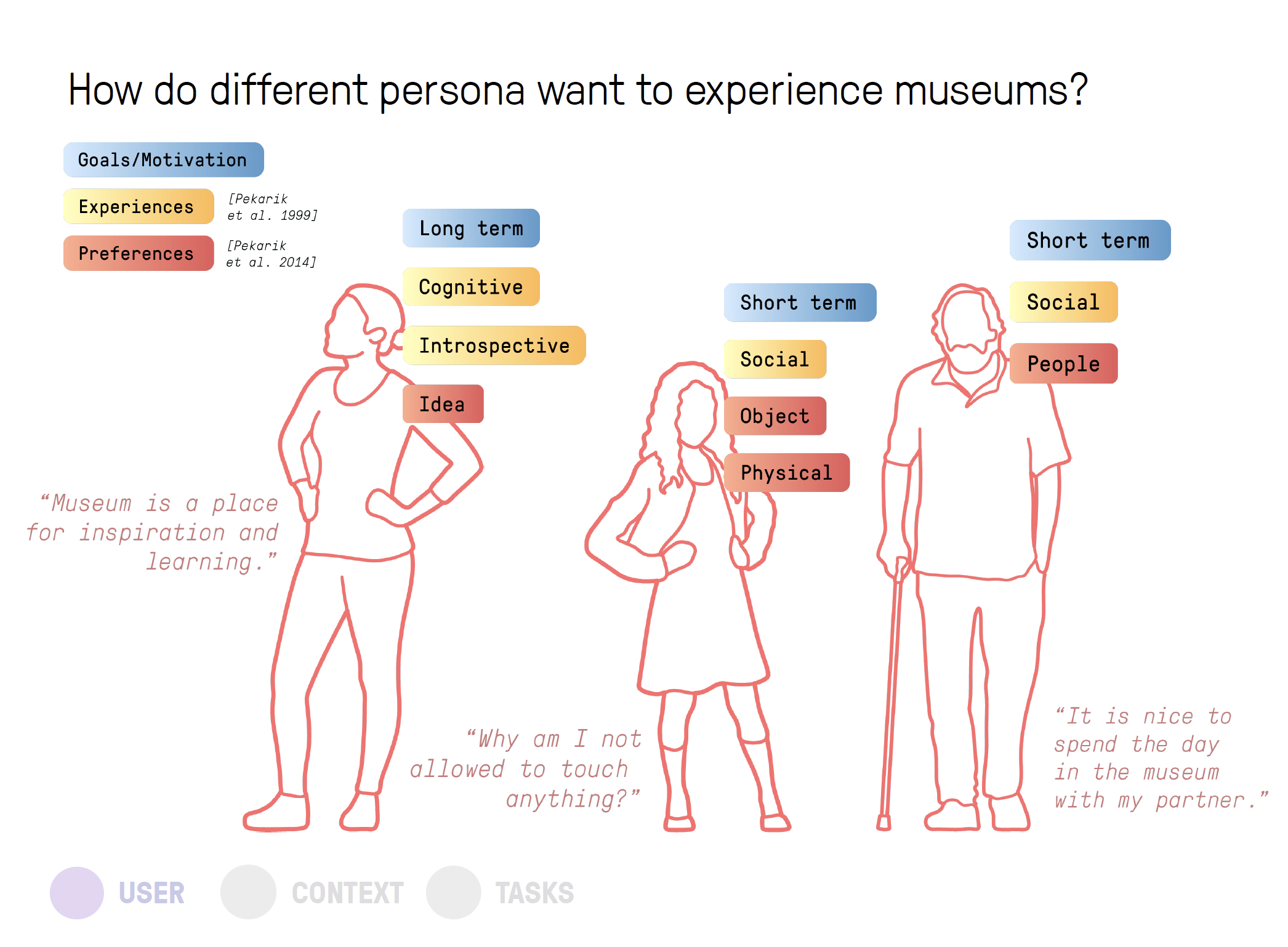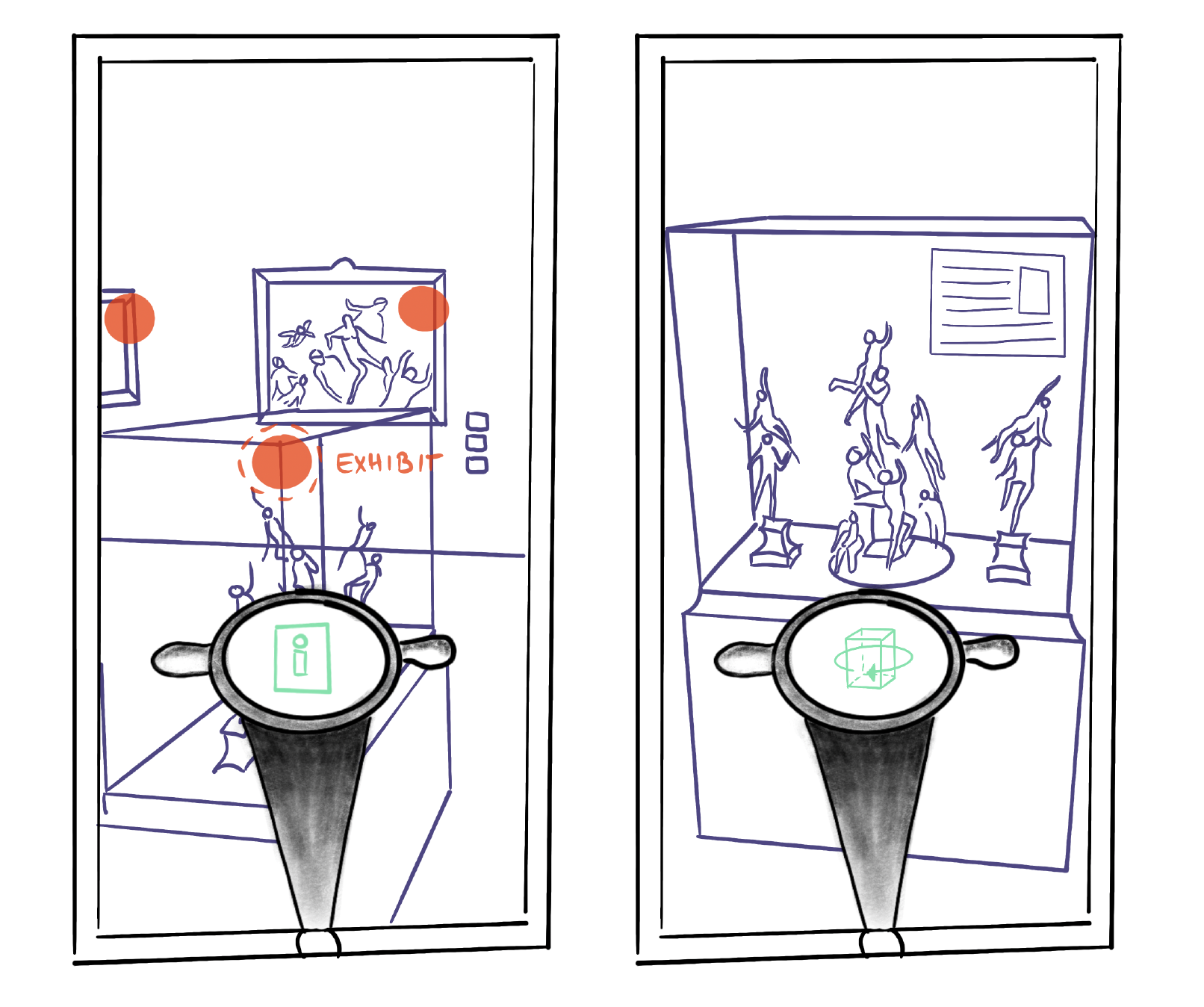Interaction Design x Research

Tim Moesgen is an interaction designer and doctoral researcher based at Aalto University in Finland. His research focuses on the design and development of haptic, thermal, and multi-sensory interfaces + experiences (e.g., in the contexts of VR, rehabilitation and well-being). With his research on such emerging technologies, he is also interested in advancing speculative methods + futures thinking to inspire the imagination and anticipation of inclusive and empathic futures.
With a background in research + design, Tim has collaborated in multidisciplinary contexts in Germany, the United States, and Finland.
With a background in research + design, Tim has collaborated in multidisciplinary contexts in Germany, the United States, and Finland.
︎ Key Interests: Thermal + Haptic Experiences ︎ Wearable Technology ︎ Embodied Interaction Design ︎ Virtual Reality ︎ Speculation + Futures Thinking
Projects
Physical/virtual display of interactive exhibition “Iconoclash”
Interaction Concept, UI Design





As part of the Beyond Matter EU project I conceptualised an interaction design concept and user display for the virtual/physical exploration of “Iconoclash” exhibition curated by Peter Weibel at ZKM Karlsruhe, Germany. The display features a 360 degrees turning table with a large display that allows to move through the virtual space exhibiting “Iconoclash” exhibition through a control pad.
“BEYOND MATTER is an international, collaborative, practice-based research project that takes cultural heritage and culture in development to the verge of virtual reality. It does this by reflecting on the virtual condition with a specific emphasis on its spatial aspects in art production, curating, and mediation via numerous activities and formats, including the digital revival of selected past landmark exhibitions, art and archival exhibitions, conferences, artist residency programs, an online platform, and publications.” - www.beyondmatter.eu
“BEYOND MATTER is an international, collaborative, practice-based research project that takes cultural heritage and culture in development to the verge of virtual reality. It does this by reflecting on the virtual condition with a specific emphasis on its spatial aspects in art production, curating, and mediation via numerous activities and formats, including the digital revival of selected past landmark exhibitions, art and archival exhibitions, conferences, artist residency programs, an online platform, and publications.” - www.beyondmatter.eu
Designing Dynamic Thermal Experiences
Wearables, Thermal, VR




Haptic interfaces have been increasingly researched for VR or Remote Social Touch Technologies. Increasing companies release haptic gloves or suits that incorporate haptic feedback to stimulate the sense of touch. They make us feel the objects and scenes were are interacting with through vibrotactile or force feedback. However, thermal interfaces for VR are still under-researched.
But what if we could feel temperatures in VR? Imagine for instance VR fire-fighter training with the addition of heat feedback. Would that make the experience more realistic and more effective? Or what if we can stroke a loved one with warmth from the distance?
As part of the EU-funded project European Media and Immersion Lab (www.emil-xr.eu) we developed a wearable thermo-haptic interface that produces heat and cold with Peltier elements and vibration feedback which can be coupled with game engines such as Unreal Engine or Unity. The system is modular and can be attached/de-attached from a washable under-garment and fits different body sizes.
Through spatio-temporal control of the thermal and vibration modules dynamic feedback patterns can be designed that reproduce the sensation of thermal motion to simulate traveling steam or a cold shower.
As the project was produced in Finland, we tested the system in a show-case experience of a traditional Finnish sauna experience that includes dynamic hot steam and cold shower.
The hardware design and code API is publicly available and re-usable under creative commons licensing here: https://drive.google.com/file/d/1jct_e0X0guGrw110XR_5dnaJEJwBXdSv/view
https://version.aalto.fi/gitlab/vikbere2/wearable-device-api
For demos please reach out to me via tim.moesgen@aalto.fi
But what if we could feel temperatures in VR? Imagine for instance VR fire-fighter training with the addition of heat feedback. Would that make the experience more realistic and more effective? Or what if we can stroke a loved one with warmth from the distance?
As part of the EU-funded project European Media and Immersion Lab (www.emil-xr.eu) we developed a wearable thermo-haptic interface that produces heat and cold with Peltier elements and vibration feedback which can be coupled with game engines such as Unreal Engine or Unity. The system is modular and can be attached/de-attached from a washable under-garment and fits different body sizes.
Through spatio-temporal control of the thermal and vibration modules dynamic feedback patterns can be designed that reproduce the sensation of thermal motion to simulate traveling steam or a cold shower.
As the project was produced in Finland, we tested the system in a show-case experience of a traditional Finnish sauna experience that includes dynamic hot steam and cold shower.
The hardware design and code API is publicly available and re-usable under creative commons licensing here: https://drive.google.com/file/d/1jct_e0X0guGrw110XR_5dnaJEJwBXdSv/view
https://version.aalto.fi/gitlab/vikbere2/wearable-device-api
For demos please reach out to me via tim.moesgen@aalto.fi